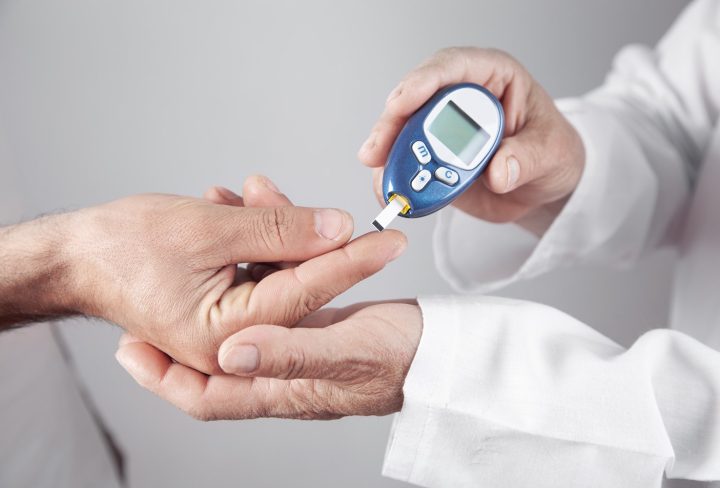Introduction: Prediabetes is a condition in which blood sugar levels are higher than normal but not high enough to be classified as diabetes. It is a crucial warning sign that indicates an increased risk of developing type 2 diabetes. However, prediabetes is reversible through lifestyle changes. In this blog, we will explore what prediabetes is, its causes, symptoms, and how to manage and prevent its progression to diabetes.
What is Prediabetes?
- Prediabetes occurs when blood sugar levels are higher than normal but not high enough to be diagnosed as diabetes.
- It is estimated that over 84 million adults in the United States have prediabetes, making it a widespread health concern.
- Prediabetes often goes undetected as it may not cause noticeable symptoms.
Causes of Prediabetes:
- Being overweight or obese: Excess body weight, especially around the waistline, increases the risk of prediabetes.
- Lack of physical activity: A sedentary lifestyle contributes to insulin resistance, a hallmark of prediabetes.
- Unhealthy eating habits: Diets high in processed foods, sugar, and unhealthy fats can lead to prediabetes.
- Family history: Having a close relative with diabetes increases the likelihood of developing prediabetes.
Signs and Symptoms:
- Increased thirst and frequent urination
- Fatigue and lethargy
- Blurred vision
- Unexplained weight loss or gain
- Darkened skin in certain areas, such as the neck and armpits
Diagnosis and Tests:
- Prediabetes is diagnosed through blood tests that measure fasting blood glucose levels or oral glucose tolerance tests (OGTT).
- The American Diabetes Association (ADA) recommends screening for prediabetes in adults who are overweight or obese and have additional risk factors.
Managing Prediabetes:
- Lifestyle changes play a crucial role in managing and reversing prediabetes.
- Healthy eating: Focus on a balanced diet rich in fruits, vegetables, whole grains, lean proteins, and healthy fats.
- Regular physical activity: Engage in moderate-intensity exercises like brisk walking, swimming, or cycling for at least 150 minutes (about 2 and a half hours) per week.
- Weight management: Losing even a small amount of weight, such as 5-7% of your body weight, can significantly reduce the risk of diabetes.
- Quit smoking: Smoking increases the risk of developing diabetes and cardiovascular diseases.
- Stress management: Practice stress-reducing techniques like meditation, deep breathing, or yoga.
Preventing Progression to Diabetes:
- Maintain a healthy weight: Achieve and maintain a body mass index (BMI) within the healthy range.
- Follow a healthy diet: Opt for low-sugar, high-fiber foods, and avoid processed and sugary foods.
- Be physically active: Engage in regular exercise and aim for at least 30 minutes of moderate-intensity activity most days of the week.
- Regular check-ups: Get your blood sugar levels checked regularly to monitor your condition.
- Seek support: Join support groups or seek guidance from healthcare professionals to stay motivated and accountable.
Prediabetes is a wake-up call that offers an opportunity to make positive changes and prevent the progression to type 2 diabetes. By adopting a healthy lifestyle, including a balanced diet, regular exercise, and weight management, you can significantly reduce the risk of developing diabetes. Take charge of your health today and embrace a healthier future free from the clutches of prediabetes. Remember, small steps can lead to big improvements in your overall well-being.
